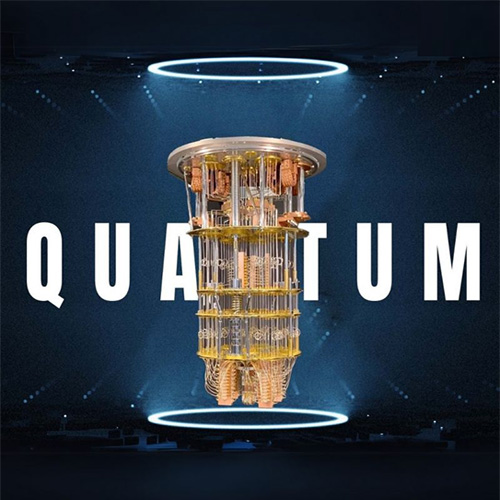Breaking News

PM Narendra Modi highlighted Chandrayaan-2’s detailed lunar imagery and India’s successful first attempt at reaching Mars in 2014, symbolizing the aspirations of 1.4 billion Indians.
In the wake of Operation Sindoor, Prime Minister Narendra Modi reaffirmed India’s commitment to peaceful and cooperative space exploration during his keynote address at the Global Space Exploration Conference (GLEX) 2025 in New Delhi. Emphasizing global space cooperation over competition, PM Modi’s space speech underscored that India's ambitions are not about racing ahead but “reaching higher together.”
Highlighting India's extraordinary achievements in space, PM Modi reflected on the country's humble beginnings with the launch of a small rocket in 1963, which has since evolved into a robust national space mission. He celebrated India’s rise as a global space power, referencing key milestones such as Chandrayaan-1, which discovered water on the Moon; Chandrayaan-2, which provided high-resolution lunar imagery; and Chandrayaan-3, which achieved a historic landing near the Moon’s south pole—making India the first country to do so.
Highlighting India's extraordinary achievements in space, PM Modi reflected on the country's humble beginnings with the launch of a small rocket in 1963, which has since evolved into a robust national space mission. He celebrated India’s rise as a global space power, referencing key milestones such as Chandrayaan-1, which discovered water on the Moon; Chandrayaan-2, which provided high-resolution lunar imagery; and Chandrayaan-3, which achieved a historic landing near the Moon’s south pole—making India the first country to do so.

He also revisited the 2014 Mars Orbiter Mission, where India became the first nation to reach Mars on its maiden attempt. Against the backdrop of India vs Pakistan tensions post Operation Sindoor, Modi's call for a unified space effort highlighted India's intent to lead through scientific progress and international collaboration, signaling a diplomatic shift from conflict to cooperation through the lens of space innovation.
By the year 2035, India plans to have its own space station, the 'Bhartiya Antarik Station,' operational. An even bolder ambition is to have an "Indian footprint on the moon" by 2040, with missions to Mars and Venus also firmly on the national radar.
See What’s Next in Tech With the Fast Forward Newsletter
SECURITY
Tweets From @varindiamag
Nothing to see here - yet
When they Tweet, their Tweets will show up here.





























